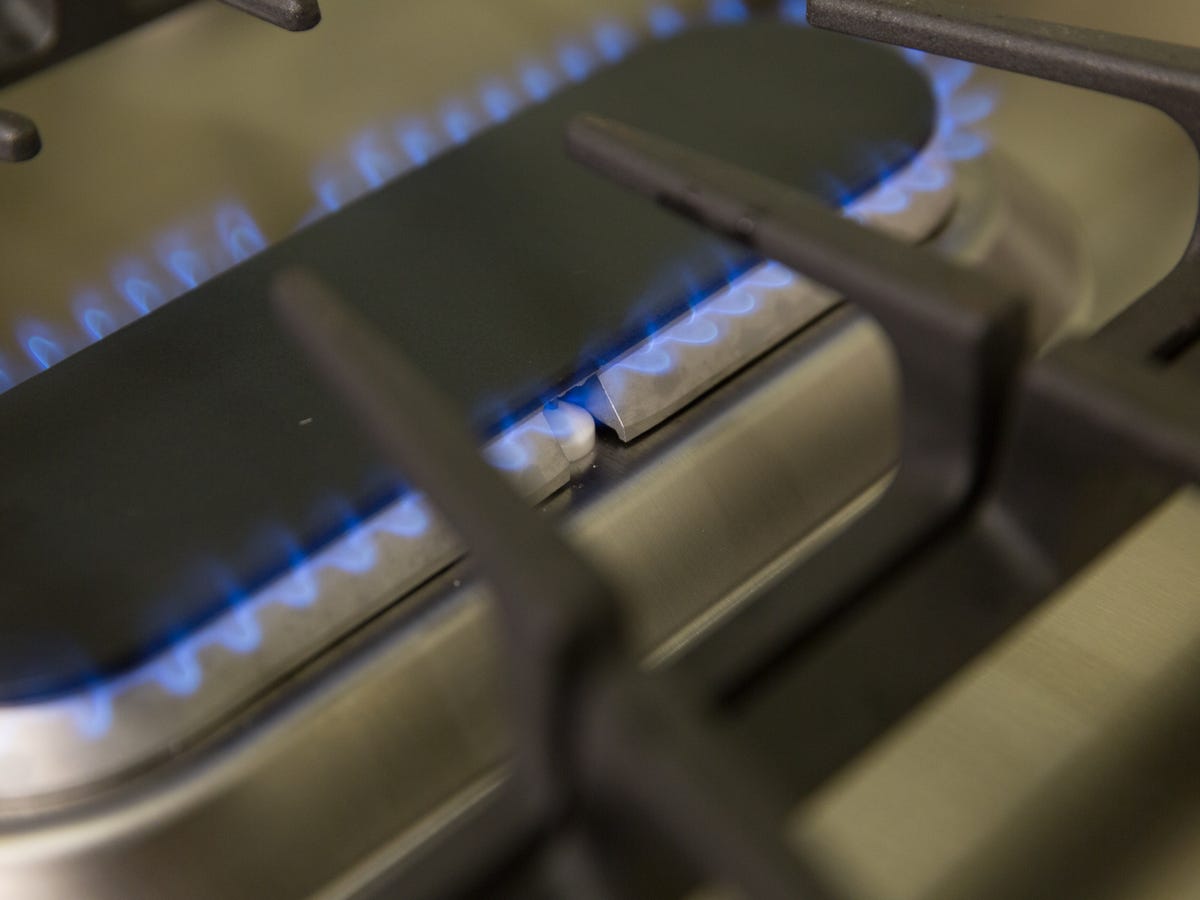 Why You Can Trust CNET
Why You Can Trust CNET The hows and whys of monitoring air quality in the home
From humidity, to dust to toxins, here's what you need to know about your home's air quality and how to make it better.

Breathe easy
Poor indoor air quality can lead to health problems with just a single exposure, according to the US Environmental Protection Agency. Some short-term effects of pollutants in your home's air can include headaches, dizziness, itchy eyes, nose and throat, dizziness and fatigue. The long-term effects of some more dangerous pollutants is death.
Here are some pollutants and air conditions that can be found in the home and how to correct them.

Carbon monoxide
Let's get one of the most dangerous air pollutants out of the way, first: carbon monoxide. CO is an odorless, colorless gas that comes from burning fuel. Gas stoves, propane heaters and even your car running in an enclosed garage can cause a build-up of this noxious gas.
According to the Center for Disease Control and Prevention, 400 people in the US die from unintentional CO poisoning each year and more than 20,000 visits to the emergency room are caused by carbon monoxide.
Protecting yourself from CO
Other than regular maintenance on appliances that use natural gas, gasoline or propane and following the usage directions, the next best bet to prevent CO poisoning is detection. There are many devices on the market that will detect carbon monoxide in the air and will alert you to its presence.
CNET highly recommends the Nest Protect. It not only warns you if there is CO detected in your home, but it also works as a smoke detector.
Radon
One in five houses in the US have high radon levels according to the Department of Health and Human Services. Like CO, radon is an odorless, colorless gas. You can purchase radon testing kits at your local home improvement store.
Cleaning your air
In most homes, there are some common air pollutants like dust, dander, pollen, mold, pesticides and tobacco smoke that can at the very least be irritating and at the worst cause severe allergic reactions.
HEPA filters
The best way to defend your home is to use HEPA or MERV filters in your vacuum and central air unit. These will basically clean the air as it passes through. Here's how HEPA filters work.
Air purifiers
You can also buy stand-alone air purifiers to clean particulates and gases from the air in your home.
Double duty
If you don't want just another appliance sitting around the house, consider purchasing an air purifier that multitasks. The iBaby Air, for example, is a baby monitor, air purifier and nightlight all in one. Another example is the Dyson Pure Cool, which is a portable air conditioner and an air purifier.
Dry air
If you live in an area that has humidity levels below 30 percent on a regular basis, you may suffer from frizzy, flyaway hair, a bloody nose and cracked skin. Dry air can also cause bronchitis, asthma and sinusitis, according to the Cleveland Clinic.
Adding moisture
The easiest way to add moisture to your environment is by using a humidifier. If it's not properly taken care of, though, a humidifier can add pollutants to the air, such as mold. Here's how to keep a humidifier clean.
Too much humidity
If you live in a humid area, you probably don't need a humidifier. Too much humidity is bad, too. Excess humidity can promote the growth of mold, which can cause respiratory and neurological problems. The best humidity range for your home is typically between 30 and 50 percent, according to the EPA.
Dehumidifiers
To get to that ideal range, invest in a dehumidifier. They do exactly what the name says: They remove excess moisture from the air. Here's our list of the best dehumidifiers you can install yourself.
Humidity and the nest app
If you have a Nest thermostat, you're in luck. The Nest app monitors the humidity of your home. It can also trigger your AC unit to remove the humidity in the air. Here's how to get your Nest thermostat to remove humidity.
Wood smoke
If you use a fireplace or wood burning stove, know that breathing the smoke from burning wood can cause respiratory problems, according to the EPA. Be sure to have your chimney inspected at least once a year to prevent smoke from backing up into your home.
Smoke
Not all of us are grade-A chefs, so a little smoke is going to crop up in your kitchen every now and then. Like wood smoke, food smoke isn't good for you, either. This is why your range hood is so important. When on, it filters smoke out of the air, protecting your lungs.
A filthy filter
A dirty hood filter can prevent smoke removal from being effective, though. These tips show you how to locate and clean it for better airflow.

